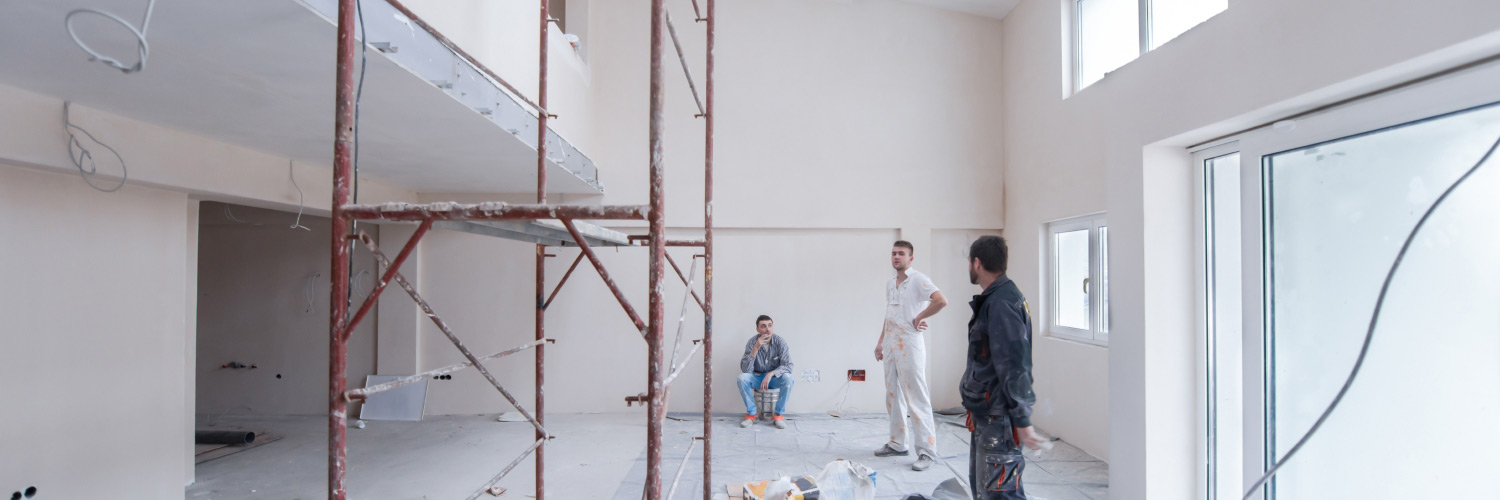Managing Capital Projects Without Blowing the Budget


Large-scale capital projects, whether a full roof replacement, signage updates, or a multi-site system upgrade are some of the most complex initiatives facility managers face. With high costs, tight timelines, and multiple stakeholders involved, the margin for error is small.Delays or overruns can quickly cascade into operational disruptions, frustrated tenants or guests, and missed revenue opportunities.
With the right approach, projects can move efficiently, costs can stay under control, and quality results can be delivered without sacrificing day-to-day operations.
1. Start with a Detailed Scope and Realistic Budget
A well-defined project scope sets the foundation for success. Begin by outlining exactly what the project will achieve, including clear inclusions and exclusions. Engage vendors early to confirm realistic material and labor costs, accounting for seasonal fluctuations and market conditions. Building in a 5–10% contingency budget helps offset unexpected costs without derailing the project. Early collaboration with contractors can also uncover design or material adjustments that reduce costs without compromising quality.
2. Build a Phased Timeline with Clear Milestones
Instead of mapping one long deadline, break the project into phases with specific checkpoints. This creates natural opportunities to course-correct before small issues become major roadblocks. Milestones should be tied to actionable deliverables such as “electrical work complete” or“ flooring installed” so progress can be accurately measured. Using scheduling tools that integrate with vendor updates provides real-time visibility into where the project stands.
3. Prioritize Vendor Alignment and Communication
Capital projects often involve multiple trades working in sequence. If one falls behind, everyone else is affected. Starting with a joint kickoff meeting between all vendors, your internal team, and stakeholders ensures alignment on expectations, timelines, and communication channels.Regular status updates, ideally weekly, help keep everyone accountable and informed. Selecting vendors with proven experience working in occupied spaces reduces disruption for customers and employees.
4. Leverage Technology to Monitor Progress and Spend
Digital project management platforms can centralize every aspect of a capital project, from contracts and work orders to invoices and inspection reports. This reduces manual tracking, shortens approval cycles, and ensures data is available for future planning. Dashboards that display both budget and schedule in one view make it easier to spot variances early and adjust before they escalate.
5. Plan for Operational Continuity
While capital projects are underway, day-to-day facility operations can’t grind to a halt. Identifying potential disruptions in advance and developing workarounds such as temporary entrances or after-hours work schedules minimizes inconvenience. Clear communication with customers and employees helps maintain trust, even when some disruption is unavoidable.
How Lessen Keeps Capital Projects Moving Forward
Lessen’s One by Lessen™ platform gives facility managers complete visibility into every stage of their capital projects. From vendor sourcing and scheduling to real-time budget tracking and digital approvals, everything is centralized in one place, reducing complexity, improving accuracy, and accelerating timelines. Our vetted national network of trades ensures quality workmanship, while our project management experts coordinate work to keep schedules tight and budgets intact.
Stay ahead of schedule and under budget. See how Lessen streamlines capital projects for facilities of any size.

- This is my list